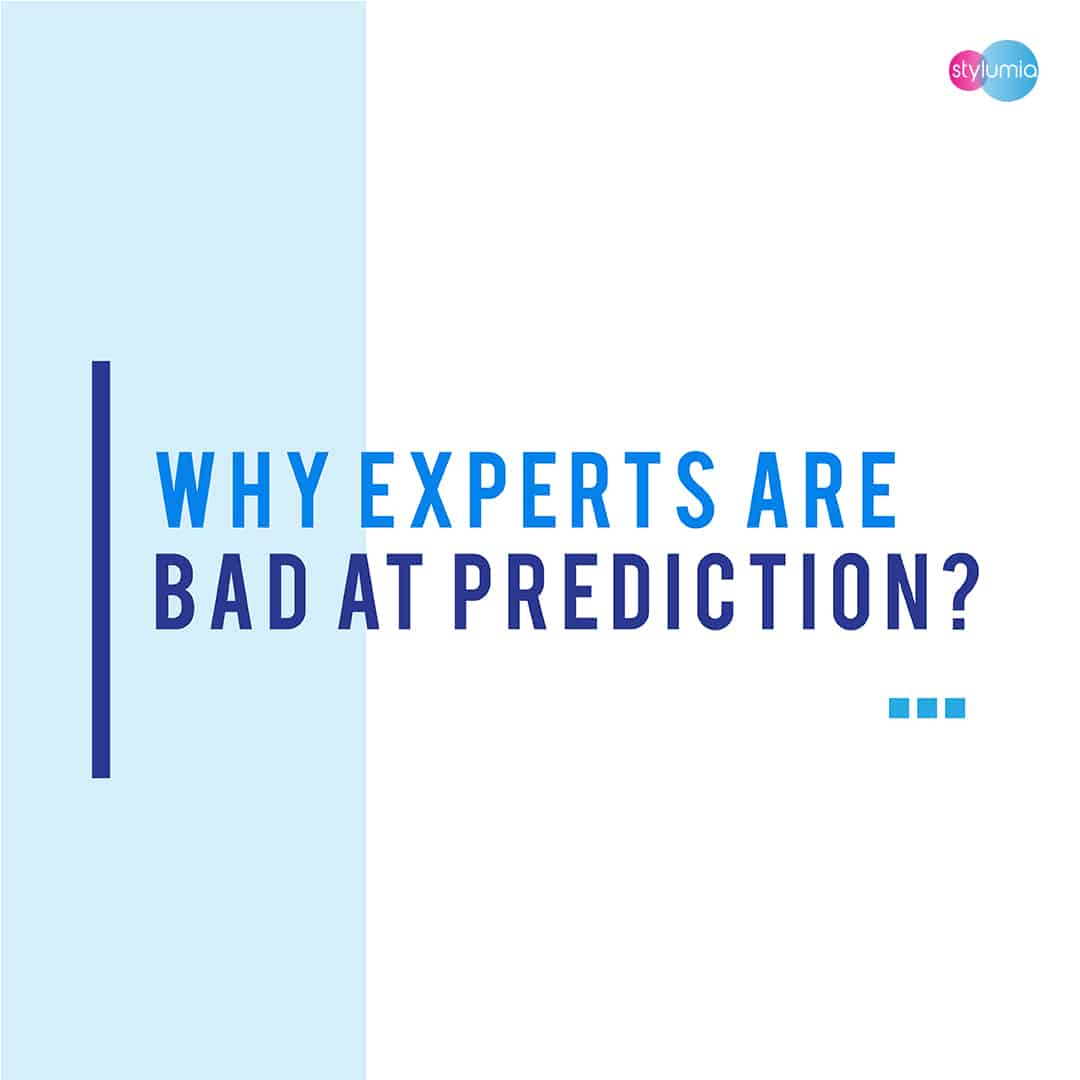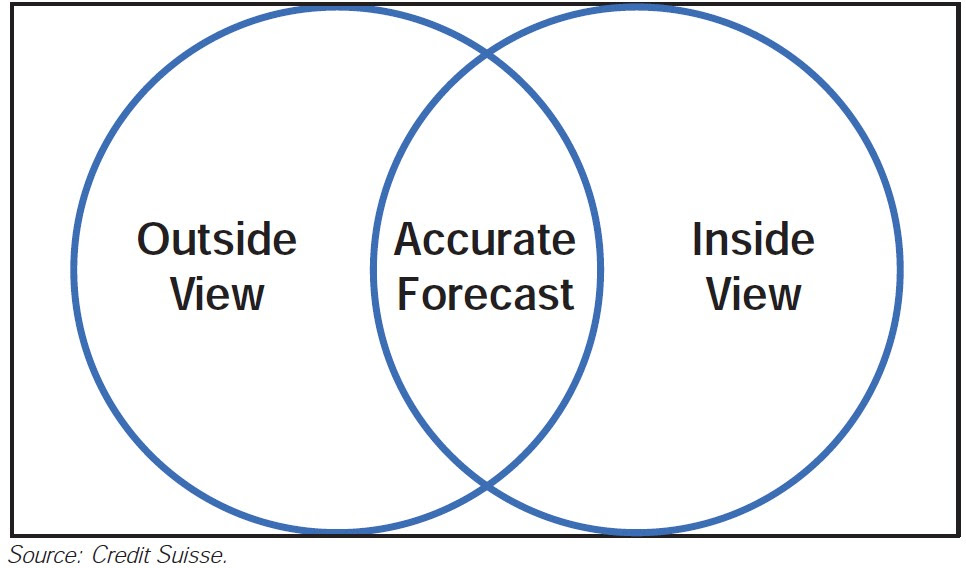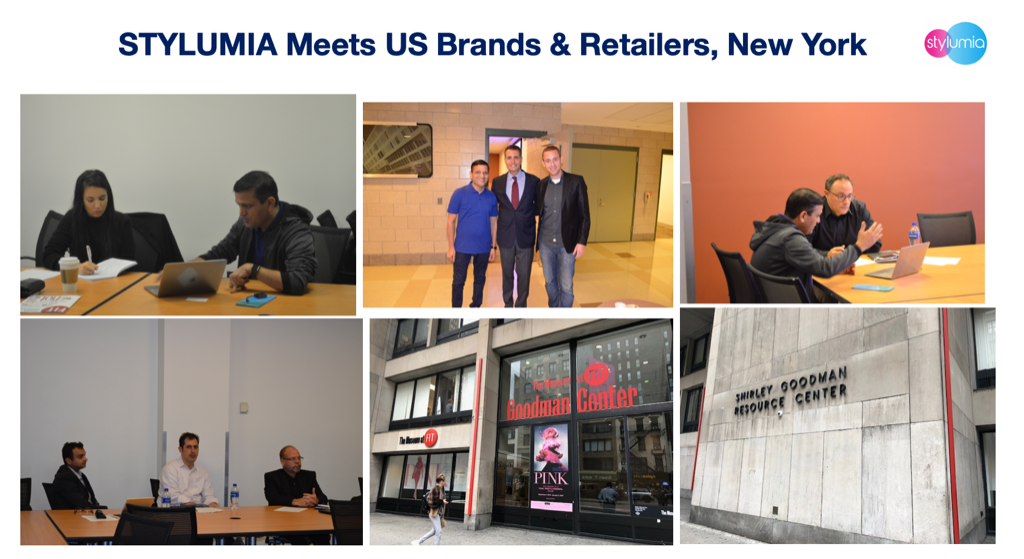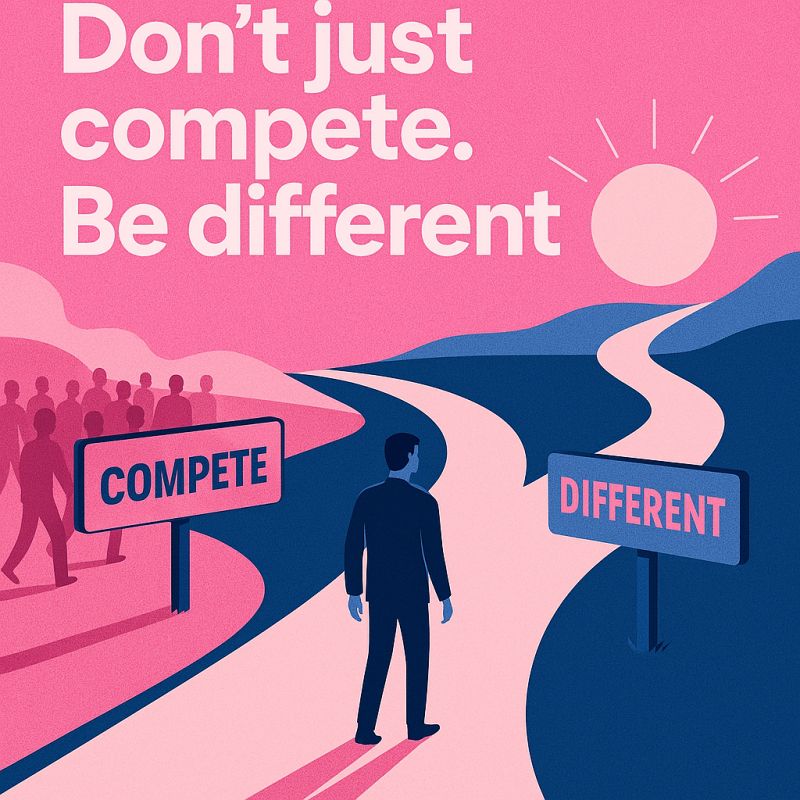Why Experts Are Bad At Fashion Prediction?


It is a counter-intuitive fact that people with a lot of knowledge predict poorly. Whether it is the interest rate, diagnosis of a patient or fashion prediction, it is no different. Let’s find out why and also see what experts can do to improve the chances of better prediction.
We hunt regularly for reviews on Amazon before buying a book, a restaurant in Yelp/Zomato or a digital camera on CNET. This obvious behaviour has some wisdom. When we make decisions based on reviews, we are acknowledging two things:
1. Our ability to glean the truth about a product is limited and subject to distortion by the company that makes it.
2. For that reason we are smarter to judge the averages over our impressions.
Often in real life, we do the opposite. We trust our impressions over the averages. For example,
1. Many people accept their new jobs without consulting few people who currently or formerly held the same title. Shouldn’t their “reviews” be as valuable as a stranger’s assessment of a restaurant or a mobile phone?
2. Strange to think that when we make critical decisions, we do less objective research than we are picking a food joint.
3. Psychologists distinguish this as “Inside view” and “Outside View”. The inside view draws from information that is in our spotlight as we consider a decision, our own impressions and assessments of the situation we are in. The outside view, by contrast, ignores the particulars and instead analyses the larger class it is part of. For eg in booking a resort through TripAdvisor, both the views would look like this,
Inside View: Does this look like the kind of place where I would enjoy staying?
Outside View: How much did people, in general, enjoy staying there?
Best estimates lie at the intersection of the inside and the outside view.

Why do we then make a lot of decisions basis the inside view?
Digging a bit deeper into decision science, sometimes even with full data, people still manage to ignore it. This happened with Daniel Kahneman, the Nobel Prize-winning psychologist himself when he and his colleagues wanted to write a school textbook on judgement and decision making. Kahneman wanted to test how good they were in predicting the future. He asked his colleagues and the Dean how long they think it would take to complete The range given by all of them was close to 1.5-2.5 years. Kahneman realised that the Dean had prior experience on how long it takes normally. When he asked the dean about his past experience, the Dean said “40% of the groups never finished writing the curriculum and the group that did finish took 7 to 10 years”. Even the most experienced Dean went by his inside view in spite of having the relevant information. The curriculum actually took 8 years to complete.
We as experts keep doing this in our decision making. This brings us to a critical point about experts.
1. Experts are great at assessing base rates. Base rates in statistics terminology provide the record of other people in a similar situation. For eg., 60% of restaurants fail in the first 3 years.
2. They are bad at prediction
Hence we need to be careful about what we ask the experts. For example in a fashion context, the kind of questions that would be great to ask an expert is,
1. What are the important variables in a range like this?
2. What kind of evidence that you have that will make this range a winner or loser?
3. What is your sell-through % in a range like this with you in the past seasons?
The question which may not be the right one is
“Do you think this range will win?”
This question will put the expert in his or her inside view. Like the curriculum case, your expert will be too optimistic or pessimistic about the chances of success.
In other words, the predictions of even a world-class expert need to be discounted in a way that their knowledge of base rate does not. In short, when you need trustworthy information, go find an expert. Just keep talking about the past and present, not the future. There are enough case studies to substantiate this in this wonderful book “Decisive” by Chip Heath and Dan Heath
Phil Tetlock’s, a professor of psychology at the University of Pennsylvania met with similar results when he evaluated the prediction accuracy of experts on the political futures. He concluded, “it is impossible to find any domain in which humans clearly outperformed crude extrapolation algorithms.” Extra education or experience did not boost accuracy. Experts with more media appearances are the worst predictors.
What does this mean for Fashion Retail?
A quick check on the way fashion predictions reveals that there is a fair amount of future validating questions that are asked to experts (wholesale partners or internal stakeholders). What needs to be done to bring in true “Outside View” into fashion decision making?
All of the research findings above bring a need for humility in all of us while making decisions.
With consumer information available a lot more than ever before, smart usage of data both from outside and inside to derive insights is one big step towards formally bringing in “Outside View” into the decision process.
It is good to ask the experts and get their assessment of their base rates. Base rates provide a good reference point for comparing the future.
One can also minimise the fashion prediction error by
1. Zoom in (inside view) and Zoom out (outside view) on the situation. This becomes challenging in this age with exponential growth in information.
2. Ask an expert for the base rate
3. Take little bets before you make the big leap. Instead of “All or nothing” choose “Little Something”. This helps you to reality test your assumptions.
With the ability of machine vision, our AI models are able to predict 40-50% better than existing fashion prediction processes. Stylumia APOLLO has demonstrated this across Fashion and Shoe categories with our existing clients. We are committed to enabling brands and retailers with customised APOLLO for your context.
We were in New York (at FIT, NYC) last week meeting leading US brands and retailers like Macy’s, Ascena Group, Bloomingdales, Estee Lauder, Brooks Brothers, Fast Retailing & More. Fashion prediction is one of the key areas of interest and we captured some of the memories.

Hope this edit threw some light on our confirmation bias and how it can adversely impact decision making for the future and equipped you with some new approaches.



